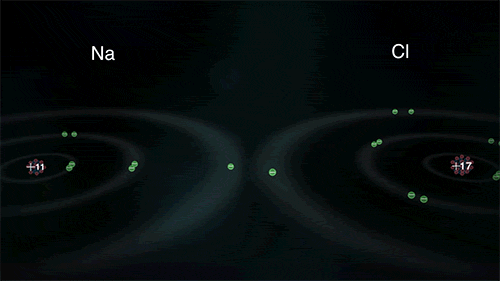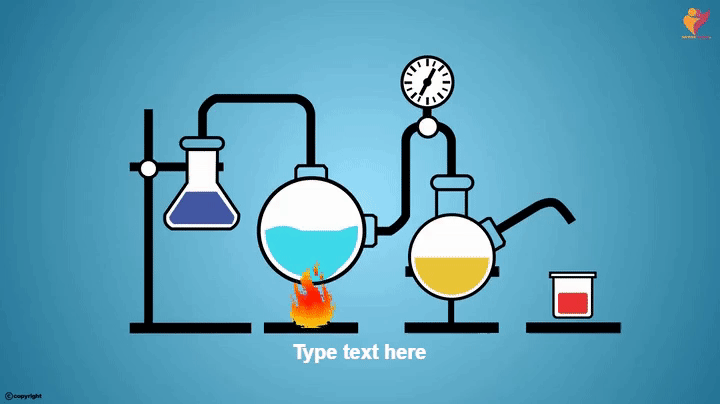CHEMICAL BONDING

Chemical bonding is a fundamental chemistry concept that describes how atoms combine to form molecules and compounds. Understanding the many types of chemical bonds and their properties is critical for understanding molecular behavior and interactions. However, due to the abstract nature of atomic and molecule structures, the concept of chemical bonding can be difficult to grasp. In this post, we will simplify difficult chemical bonding ideas and provide an overview of the various forms of chemical bonds.
Electrons and atoms
To comprehend chemical bonding, we must first comprehend atomic structure. Protons, neutrons, and electrons make up an atom. An atom’s nucleus contains protons and neutrons, while electrons orbit around it. Because electrons are responsible for chemical processes, they determine an atom’s chemical properties.
Valence Electrons
Valence electrons are the atom’s outermost electrons. Because they have the highest energy level and are the most reactive, they are the electrons involved in chemical bonding. The chemical behavior of an atom is determined by the quantity of valence electrons. Atoms with eight valence electrons, for example, are unreactive due to their stable electron configuration, but atoms with one or two valence electrons are extremely reactive.
Ionic bonds
When one or more electrons are moved from one atom to another, this is referred to as ionic bonding. Because of the gain or loss of electrons, this transfer produces ions, which are atoms or molecules with an electric charge. When an atom loses electrons, it becomes positively charged, whereas when an atom gets electrons, it becomes negatively charged. These oppositely charged ions are subsequently attracted to each other, resulting in the formation of an ionic bond. Ionic connections between metals and nonmetals are typically strong and stable.
Covalent Bonding
When two or more atoms share electrons, they form a covalent connection. The atoms involved in a covalent bond share electrons to establish a stable electron configuration. Covalent bonds are weaker than ionic bonds and are found between nonmetals. Covalent bonds are classified into two types: polar and nonpolar. Polar covalent bonds form when electrons shared between atoms are not shared equally, resulting in an unequal charge distribution. Nonpolar covalent bonds form when the electrons exchanged between the atoms are distributed equally, resulting in an even charge distribution.
Metallic fusion
Metallic bonding occurs between metal atoms. Metallic bonding involves the sharing of valence electrons by all atoms in a metallic lattice, resulting in a sea of electrons. Because electrons are free to flow throughout the lattice, metals are excellent conductors of electricity. Metallic bonds are often strong, and they are responsible for metals’ distinctive features such as malleability, ductility, and high melting temperatures.



